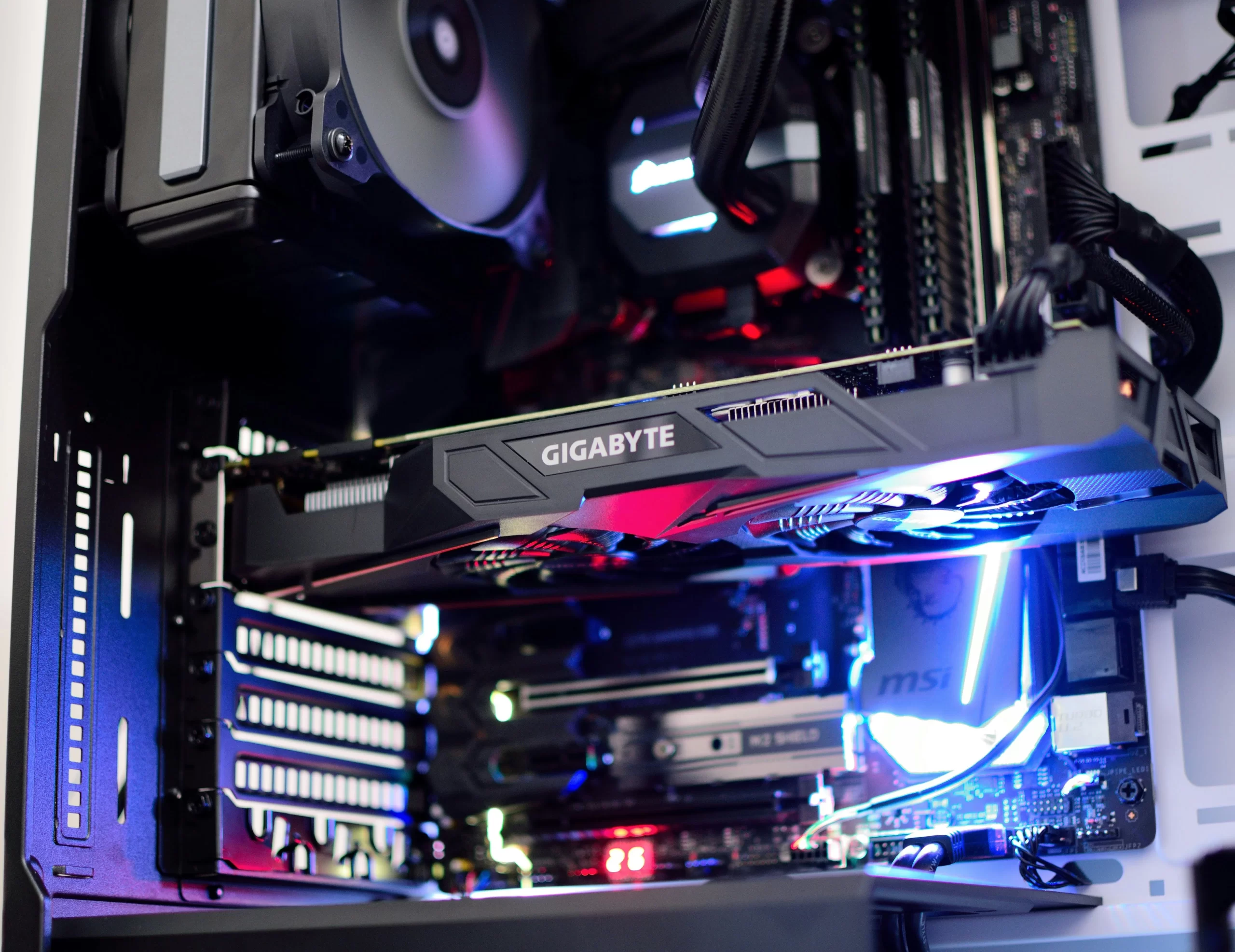
Understanding GPU Architecture: A Beginner’s Guide
Graphics Processing Units (GPUs) are essential components in modern computers, especially for tasks related to graphics rendering, gaming, and parallel computing. Understanding the architecture of a GPU can be daunting for beginners, but breaking it down into simpler concepts can make it more accessible.
What is GPU Architecture?
GPU architecture refers to the design and structure of a graphics processing unit, including its various components and how they work together to perform computations. Unlike CPUs, which are designed for general-purpose computing tasks, GPUs are highly specialized for parallel processing and are optimized for graphics rendering.
Key Components of GPU Architecture:
- Streaming Multiprocessors (SMs): SMs are the building blocks of a GPU and are responsible for executing parallel tasks. Each SM consists of multiple CUDA cores (in NVIDIA GPUs) or Stream Processors (in AMD GPUs) that handle computations simultaneously.
- Memory Hierarchy: GPUs have different types of memory, including on-chip memory (such as registers and shared memory) and off-chip memory (such as VRAM). Understanding how data is stored and accessed in different memory levels is crucial for optimizing performance.
- Texture Units and Raster Operators: Texture units handle texture mapping, which is essential for rendering realistic graphics in games and applications. Raster operators (ROPs) are responsible for processing pixels and generating the final image.
- Graphics Pipeline: The graphics pipeline is a series of stages through which graphical data passes during rendering. These stages include vertex processing, geometry processing, rasterization, pixel shading, and output merging.
Parallelism in GPU Architecture:
One of the defining features of GPUs is their ability to perform parallel processing on a massive scale. This parallelism is achieved through the use of thousands of CUDA cores or Stream Processors, allowing GPUs to execute thousands of threads simultaneously.
Programming Models for GPUs:
To take advantage of GPU parallelism, developers use programming models such as CUDA (Compute Unified Device Architecture) for NVIDIA GPUs and OpenCL (Open Computing Language) for both NVIDIA and AMD GPUs. These programming models allow developers to write code that can be executed in parallel on the GPU, speeding up computations for tasks like scientific simulations, machine learning, and image processing.
Conclusion:
Understanding GPU architecture is essential for anyone interested in graphics programming, gaming, or parallel computing. While the concepts may seem complex at first, breaking them down into manageable pieces and exploring real-world examples can help beginners grasp the fundamentals of GPU architecture and unleash the full potential of these powerful computing devices.